Revolutions

The Mode of Exterminating the Black Army as Practised by the French
The fighting between the French and the Haitians was very bloody. When the French tried to put down Toussaint in 1802, it took them some five months with an expeditionary force of 23,000. Supplied by locals, the French seized the towns, gradually extending their control to the countryside.

Revenge Taken by the Black Army for the Cruelties Practised on Them by the French
This execution in Haiti simply suspends the French officer in the air, slowly strangling him to death. His struggles, emphasized by the convulsing legs, reveal the hatred visited on opponents, themselves guilty of so many atrocities.

Image of the King’s Departure
This engraving depicts the King, his wife, and his children meeting at half–past midnight on 21 June 1791, about to board a carriage in which they will flee secretly from Paris toward the border. The King and Queen were poorly disguised as servants to a German noblewoman.
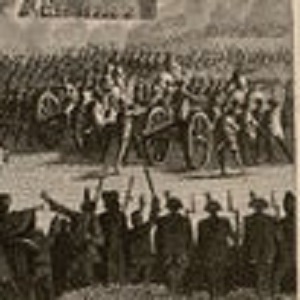
Return from Varennes, Arrival of Louis Capet in Paris
Following his arrest, Louis and his family are returned to Paris. Large, silent crowds looked on disapprovingly.
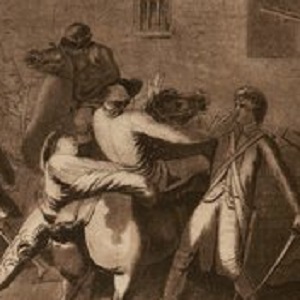
Fleeing by Design or the Perjurer Louis XVI
Another engraving of the King’s arrest portrays the guard apprehending Louis and his family in their flight from Paris in June 1791. From Varennes, the royal family is brought back to Paris accompanied by three deputies of the National Assembly, armed guards, and a sometimes angry crowd.

Louis XVI Stopt in his Flight at Varennes
This romantic English painting of the King’s flight suggests only a few feet separated the King from escape.
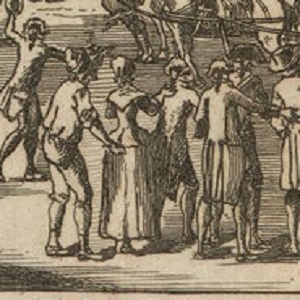
Arrest of the King at Varennes, 22 June 1791
These images, all engraved and widely circulated years after the event, show four different moments of the arrest. Each successive image renders the scene increasingly dramatic. The first, a woodcut executed shortly after the event, shows the postman alone recognizing the King.
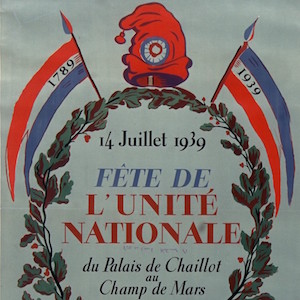
Festival of National Unity, 14 July 1939
In this celebration of national unity, the focus on 1789 is quite apparent. The Phrygian cap at the top of the decorations recalled the Revolution, as did the date for this celebration.
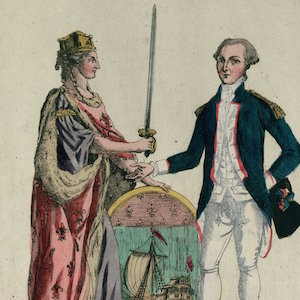
Lafayette Receives the City’s 'Sword for the Defense of Liberty'
During the Revolution the most visible connection between America and France was Lafayette, who had volunteered for service in the American Revolution and had been mentored by Washington and Jefferson.
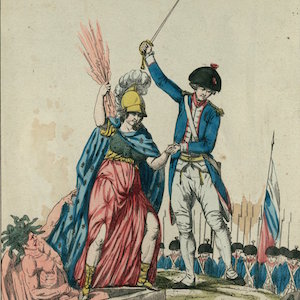
The French Nation Defeats Despotism
Here Lafayette’s role is praised. A warlike liberty stands with him over a defeated despotism at his feet. Revolutionaries often represented despotism as a multi-headed monster.